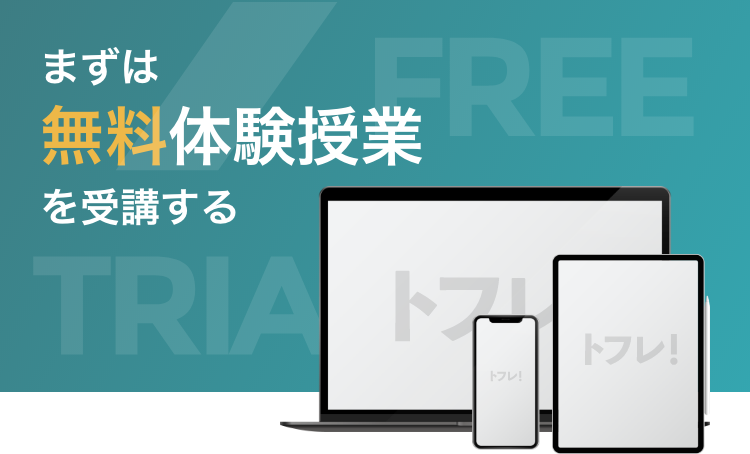TOEFL iBT Official Guideが8月に第5版になるとのことです その2
TOEFL iBT Official Guideが8月に第5版になるとのことです その1(2017年2月12日)
で、「次回の『その2』では、今の版 4th Editionになったときに変更された細かな点について触れます。」と予告しました。
Official Guideが3rd Editionから4thに改訂されたとき、6回に分けて改訂点について書いたのですが、その中で重要性の高そうなものに改めて触れます(コピペします)。
TOEFL受験者の皆さんにとってはお馴染みのことがほとんどと思われますが、知っておいて損はないので、ざっと目を通して、再確認してください。
また改訂点について詳しく知りたい方は、もとの6回の記事をご一読ください。
TOEFL iBT OG 4th Editionでの変更点詳細 その1(2012年9月8日)
<Writing>
Format という項目においては、
In addition to human scoring, automated scoring is used for the Writing tasks. (p. 5)
と、Writing添削において、2009年7月から使用されている自動採点プログラムであるe-raterの存在が明記されるようになりました。
Independent Writing採点にeRaterが採用されていました(2010年2月15日)
追記:その後、Integrated WritingでもeRaterが使われていることが分かりました。
Integrated Writingにもe-raterが採用されているようです(2012年9月10日)
TOEFL iBT OG 4th Editionでの変更点詳細 その2(2012年9月15日)
<Reading>
p. 38に”TOEFL Reading Question Types”とReadingセクションで出題される10タイプの問題が紹介されているのですが、それぞれの問題タイプに対して出題される問題数に変更があります。
3. Inference questions(推論問題)の問題数は4thでは 1 to 3 questions per setになっていますが、以前の3rd Editionでは0 to 2でした。
同様に、4. Rhetorical Purpose questions(意図問題)は4th 1 to 2、3rdは 0 to 2。
よって、推論問題、意図問題は3rd Editionでは、本試験で出題されないパッセージもあるということであったのですが、4thになり「どのパッセージでも1問出題される」と表示されています。
ただ現実的に、すべてのパッセージに推論問題、意図問題を1問入れるのは、問題作成上かなり難しいと思われ、実際の試験で、推論問題、意図問題が問われないパッセージもあるはずです。
TOEFL iBT OG 4th Editionでの変更点詳細 その3(2012年9月25日)
<Listening>
「The 8 Types of TOEFL iBT Listening questions」の1つである「Type 5: Understanding the Speaker’s Attitude Questions」の最初の解説(3rd―p. 133, 4th―pp. 133-134)において、4thでは赤字の部分が追加されています。
Type 5: Understanding the Speaker’s Attitude Questions
The second type of Pragmatic Understanding question tests whether you understand a speaker’s attitude or opinion. You may be asked a question about the speaker’s feelings, likes and dislikes, or reason for anxiety or amusement. Also included in this category are questions about a speaker’s degree of certainty: Is the speaker referencing a source or giving a personal opinion? Are the facts presented generally accepted or are they disputed? Occasionally, a question will test your ability to detect and understand irony. A speaker is being ironic when the intended meaning is the opposite of what he or she is actually saying. For example, the utterance “That’s just great” can be delivered with an intonation that gives the utterance the meaning “That’s not good at all.” Speakers use irony for a variety of purpose, including emphasizing a point being made, bringing humor to a situation in order to win audience sympathy, or expressing disapproval in an indirect way. Listeners must infer the ironic statement’s real meaning both from clues provided in the context and from the speaker’s intonation.
この4thで追加された赤字の箇所では「irony『皮肉、反語』の理解が問われる場合がある」ことをより明確に伝えています。
ここでの例で示されているように
That’s just great.
が、「全然ダメだ」「ヒドイ」という文字通りの意味とは反対で使われることがあります。
TOEFL iBT OG 4th Editionでの変更点詳細 その4(2012年10月1日)
<Speaking>
Speaking Sectionで説明の中での、4th Editionでの変更点を4つ挙げます。
1.p.168 Question1へのTipの変更
3rd Editionでは、1つめのタスクであるQuestion 1に対するTipは
Record your own voice to make that your pronunciation and fluency of speech are clear. Then take the recording to an English teacher or tutor who can evaluate your response using the TOEFL iBT Speaking rubric.
「発音や流暢さを確認するために自分の回答を録音しましょう。またSpeakingのスコア基準に基づき、自らの回答を先生等に評価してもらいましょう。」
とあっさりしたものだったのですが、4thになって、以下のようにがらっと変わりました。
Do not memorize responses before the test, especially ones that you get from the Internet, or from test preparation instructors who say this is a good idea. It is not a good idea and it will lower your score. Raters will know it is a memorized response because the rhythm, intonation, and even the content of the response will be very different from a spontaneous response. They are easy to identify.
「インターネットで入手したものやテスト対策の講師が勧めるSpeakingの回答を暗記してはいけません。スコアが下がってしまいます。リズム、イントネーション、回答の内容が、自然に話されるものとはかなり異なるため、採点官は暗記した回答であるとすぐに分かります。」
このTipの変更から何が読み取れるか?
高得点を狙う場合、あまりに形式化された、それも多くの人が使っているような回答パターンは避けたほうがいいかもしれません。
これはSpeakingだけではなく、Writingにおいても言えるでしょう。
TOEFL iBT OG 4th Editionでの変更点詳細 その5(2012年10月3日)
<Speaking>
p. 180 Question 5の回答の指示における変更
OG 3rdでは、Question 5で求められる回答に関して
The question you are asked when the conversation has endend has several parts: you are asked first to describe the problem that the speakers are discussing, then to state which of the two solutions you prefer, and finally to explain why you prefer that solution. The reasons you give for your preference can include information provided by the speakers in their discussion as well as your own experiences.
と説明していますが、それが4thでは青字が赤字のように変わりました。
The question you are asked when the conversation has ended has several parts: you are asked first to describe the problem that the speakers are discussing, then to state which one of the two solutions you prefer (note that you do not need to talk about both solutions), and finally to explain why you prefer that solution. The reasons you give for your preference can include information provided by the speakers in their discussion as well as your own experiences.
ここで取り上げられている、2つの解決策両方の説明が不要であることに関しては、以前に五十峰先生がSpeaking対策記事の中で取り上げています。
「えっ、そうだったの!?」と思った方は必ず以下に目を通して下さい。
Integrated Speaking – Task 5 落とし穴と対策(2011年4月26日)
TOEFL iBT OG 4th Editionでの変更点詳細 その6(2012年10月15日)
<Writing>
TOEFL iBT Official Guide “4th” EditionでのWritingセクションに対しての説明は “3rd” Editionとほぼ同じです。
よって、今回は「変更点」としてお伝えすべきことがありません。
しかし、4th のWritingセクションの説明において「変わっていない」ことが問題であると思える箇所があるので、そのことに関して書きます。
まず、pp. 196-197 のIntegrated Writingの問題サンプルをご覧ください。
本試験を1回でも受けた方なら分かることですが、Integrated Writingのreadingパッセージは、基本的にはmain ideaと、その後に続くmain ideaをサポートする3つのポイントからなる4段落構成になっています。
また、パッセージを3分で読んだ後に流されるレクチャーでは、その4つの段落それぞれに対応した形で話が展開していきます。
しかし、この pp. 196-197で紹介されている readingパッセージ、レクチャーはともに、本試験の傾向と合っていません。
この問題は、TOEFL iBTが実施される以前に、将来行われるTOEFL iBTで出題される「予定」の問題として紹介されたものです。
それがそのままOfficial Guide First EditionでのIntegrated Writingの問題サンプルとして採用されてしまいました。
これまでOfficial Guideを改定したETSのスタッフもこの問題が本試験で出題される形式に合っていないことは分かっているはず。
しかし、この問題を変えると、その後のエッセイのサンプル及びそれぞれのエッセイに対するスコア評価の説明等を変えなければならず、非常に手間がかかるため、そのまま残すことにしたのでしょう。
Integrated Writingの問題形式を知らない人は、p. 233以降の3つの問題セット(Test 1, 2, 3)のIntegrated Writing問題で確認しましょう。
 コメント
コメント


